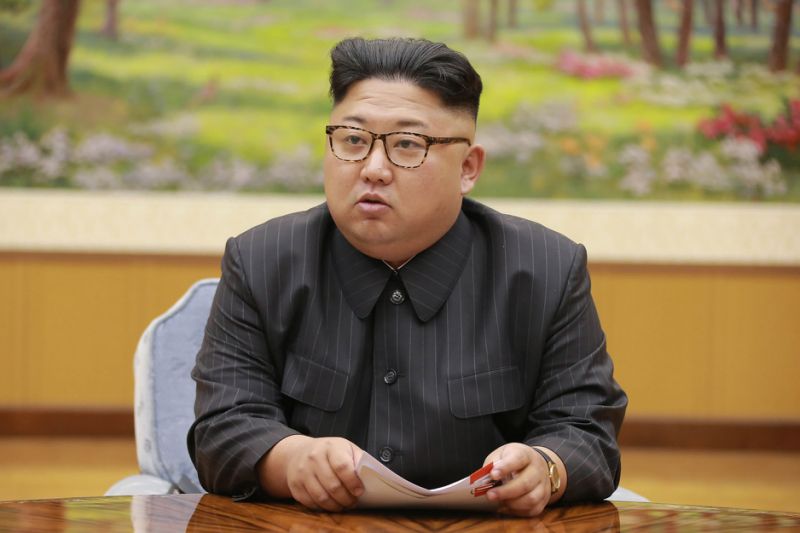If reports from in country are accurate, it appears that the North Korean people in the area are
paying a high price for the regime’s nuclear ambitions.
North Korea’s nuclear testing appears to have spread devastation for miles, according to testimony
from former residents.
The Punggye-ri nuclear test site in Kilju County, North Hamgyong Province, where North Korea has
conducted a total of six nuclear tests, and the surrounding area have become a wasteland. The most
recent test, during which the North detonated a suspected staged thermonuclear bomb with an
explosive yield several orders of magnitude larger than anything the regime has previously tested,
has reportedly exacerbated the environmental degradation.
The Research Association of Vision of North Korea interviewed 21 North Korean defectors who
recently lived in Kilju. The defectors revealed that tress have stopped growing in certain areas,
wells have dried up, and babies are born with abnormal birth defects, according to the Chosun Iblo,
a South Korean media outlet.
“I heard from a relative in Kilju that deformed babies were born in hospitals there,” one defector
revealed. “I spoke on the phone with family members I left behind there, and they told me that all
of the underground wells dried up after the sixth nuclear test,” another said. “If you plant trees
in the mountains there, 80 percent of them die,” a former forestry worker explained.
North Korean people drink the water that runs down from Mt. Mantap, under which North Korea
conducts its nuclear tests. There are reportedly complaints in the area of a “phantom disease” that
appeared after North Korea began conducting regular nuclear tests. Defectors have revealed that
residents suffer from unexplained fatigue, headaches, weight loss. Some others have reported an
unusually high mortality rate and and nervous system disorders, such as the loss of certain senses,
including smell and taste.
Defectors revealed that North Korean citizens living nearby are not notified prior to the
detonation of a nuclear device, making it impossible for them to prepare for the tests, the most
recent of which caused earthquakes and landslides.
Since North Korea conducted its first nuclear test in 2006, defectors have testified about the
dangers to the local civilian population. Now that North Korea is testing more powerful weaponry,
the risks of irradiation and contamination may be much higher. South Korea is now carrying out
radiation screening for former residents of Kilju County. Around 30 North Korean defectors will be
checked for radiation exposure this year.
North Korea appears to be worried about contamination as well. After the most recent nuclear test,
local residents were barred from visiting Pyongyang. Additionally, North Korea has reportedly
established a hospital to treat irradiated soldiers working at the nuclear test site. It is unclear
if the North provides such treatment for prisoners brought in to clean up after a nuclear test
without proper equipment and protection, but North Korea’s human rights record suggests that such
services are not available for these individuals.
If reports from in country are accurate, it appears that the North Korean people in the area are
paying a high price for the regime’s nuclear ambitions.





